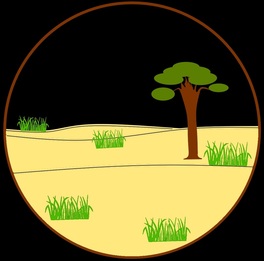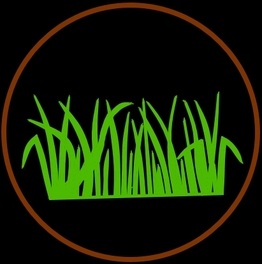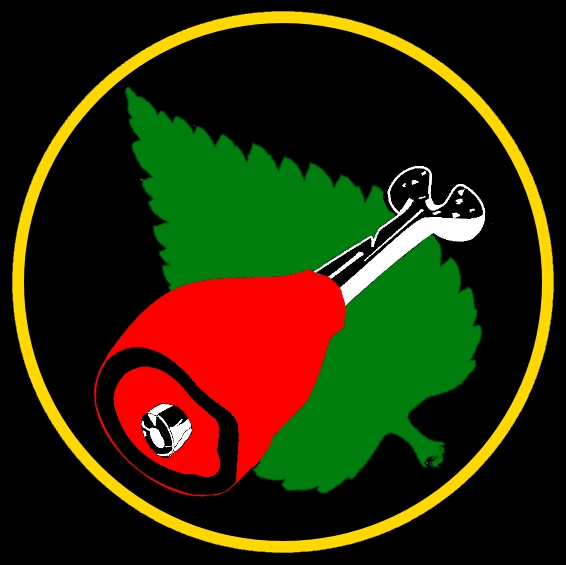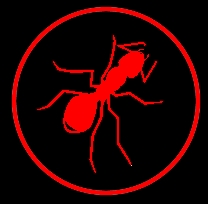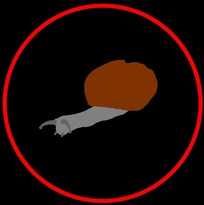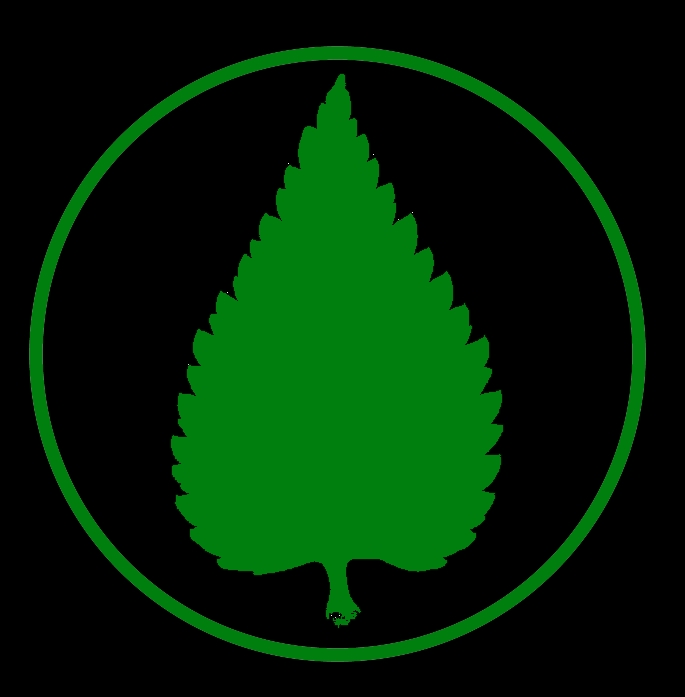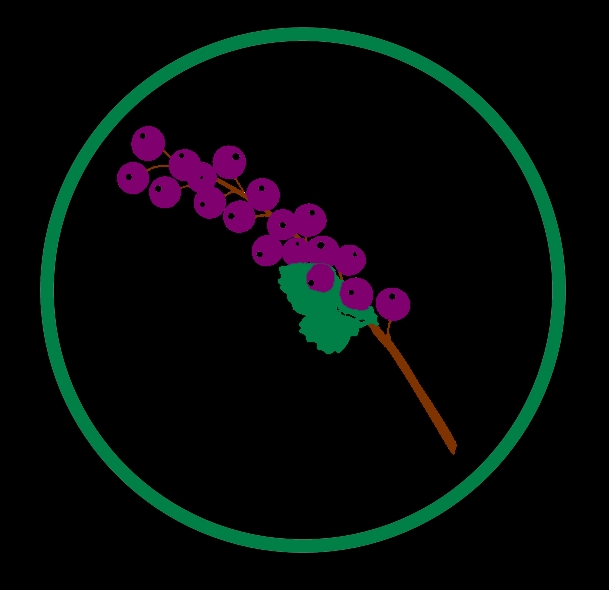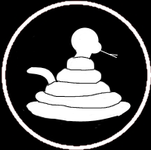Blue-tongued Skink
Tiliqua rugosa
(labelled Trachysaurus nigosus)
(labelled Trachysaurus nigosus)
Where is it found?
Savannah and Grassland
Diet and foraging method
Key adaptations
Blue-tongued skinks have a bright blue tongue which they show to their predators to scare them away.
Social organisation and mating system
Solitary
Polygamous
Did you know that...?
Blue-tongued skinks tails look similar to their head. Their tails can thus be used to confuse and distract predators, especially if the lizard detaches it's tail to divert the predators attention while the lizard makes a quick get away. Don't worry though, like other lizards, skinks can grow their tail back.
Taxonomy
Picture credits:
Maps from: http://species.mol.org/species/
"ShingleBack" by Alain Steffes - Own work. Licensed under CC BY-SA 2.5 via Commons - https://commons.wikimedia.org/wiki/File:ShingleBack.jpg#/media/File:ShingleBack.jpg
"Shingleback-sa" by Benjamint444 - Own work. Licensed under GFDL 1.2 via Commons - https://commons.wikimedia.org/wiki/File:Shingleback-sa.jpg#/media/File:Shingleback-sa.jpg
"Tiliqua rugosa" by Cygnis insignis - Own work. Licensed under Public Domain via Commons - https://commons.wikimedia.org/wiki/File:Tiliqua_rugosa.jpg#/media/File:Tiliqua_rugosa.jpg
"ShingleBack" by Alain Steffes - Own work. Licensed under CC BY-SA 2.5 via Commons - https://commons.wikimedia.org/wiki/File:ShingleBack.jpg#/media/File:ShingleBack.jpg
"Shingleback-sa" by Benjamint444 - Own work. Licensed under GFDL 1.2 via Commons - https://commons.wikimedia.org/wiki/File:Shingleback-sa.jpg#/media/File:Shingleback-sa.jpg
"Tiliqua rugosa" by Cygnis insignis - Own work. Licensed under Public Domain via Commons - https://commons.wikimedia.org/wiki/File:Tiliqua_rugosa.jpg#/media/File:Tiliqua_rugosa.jpg

